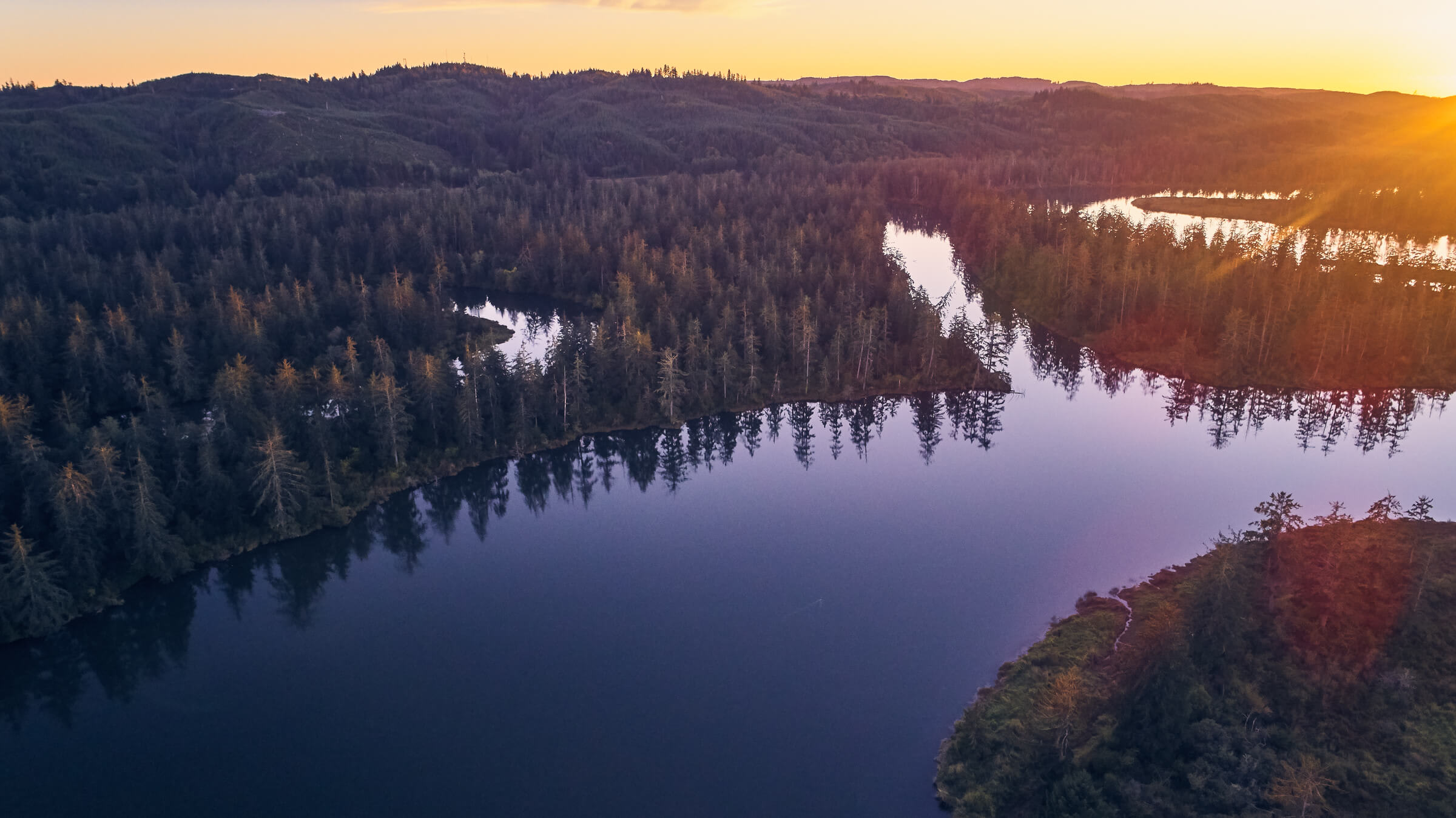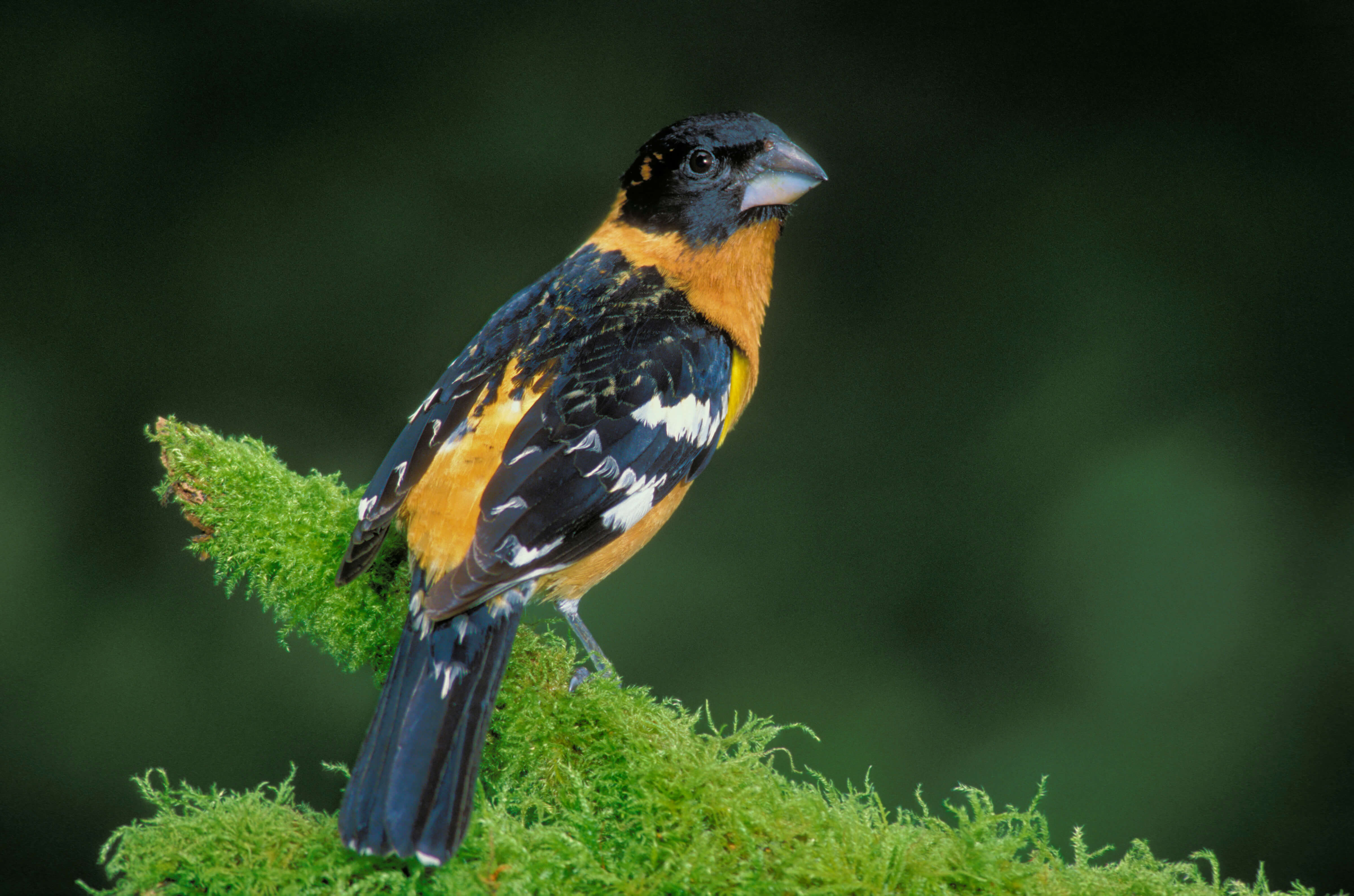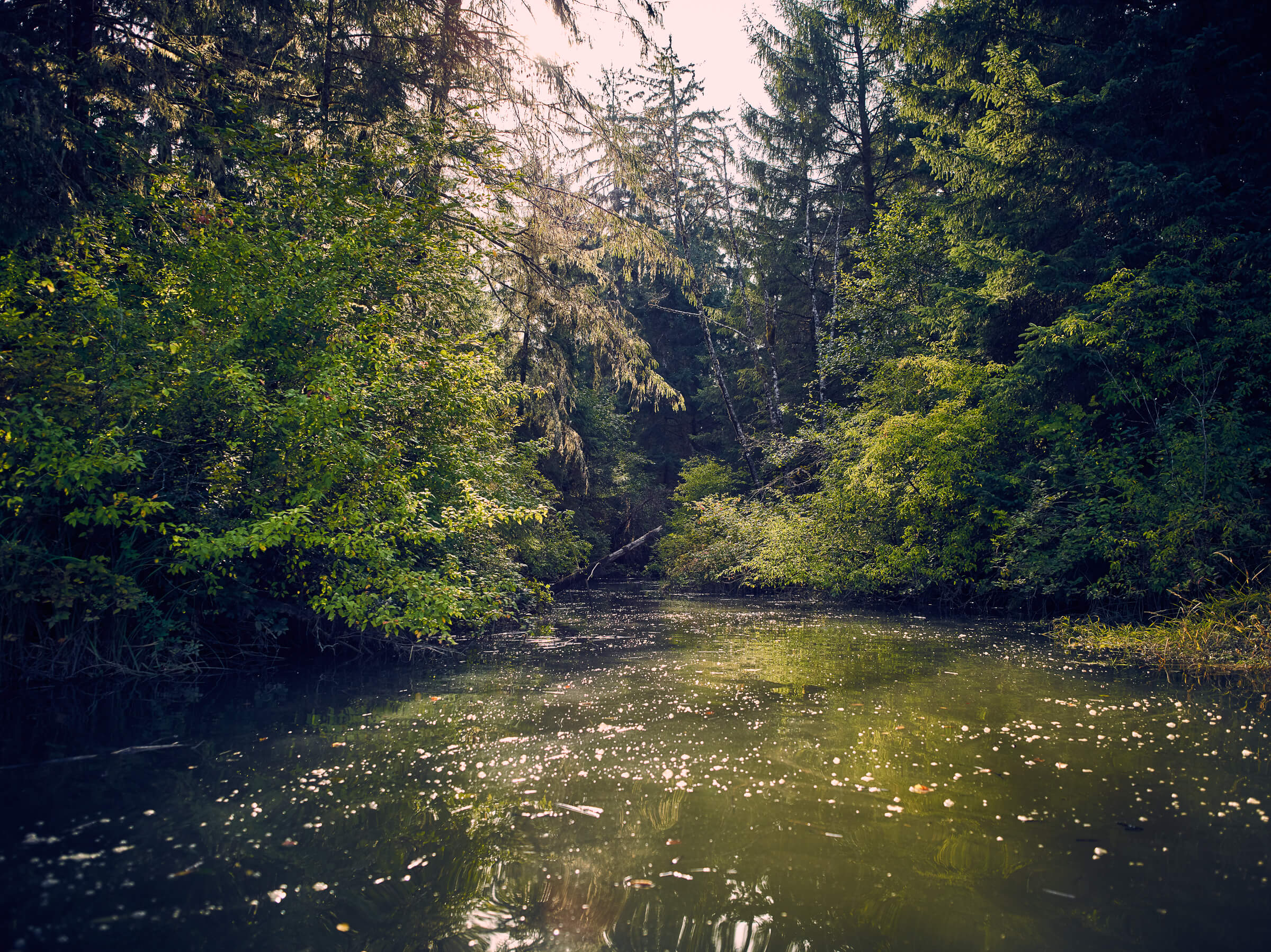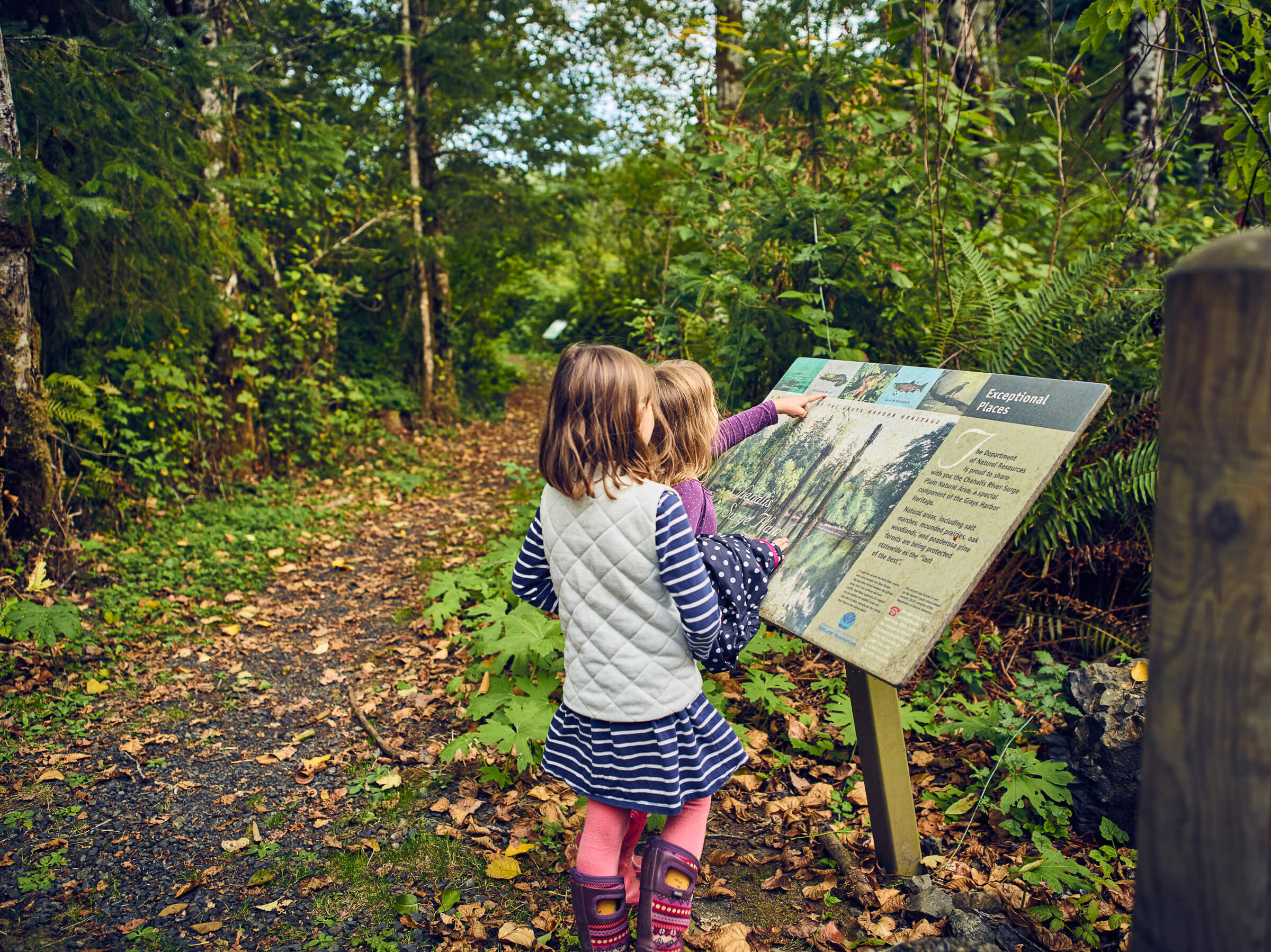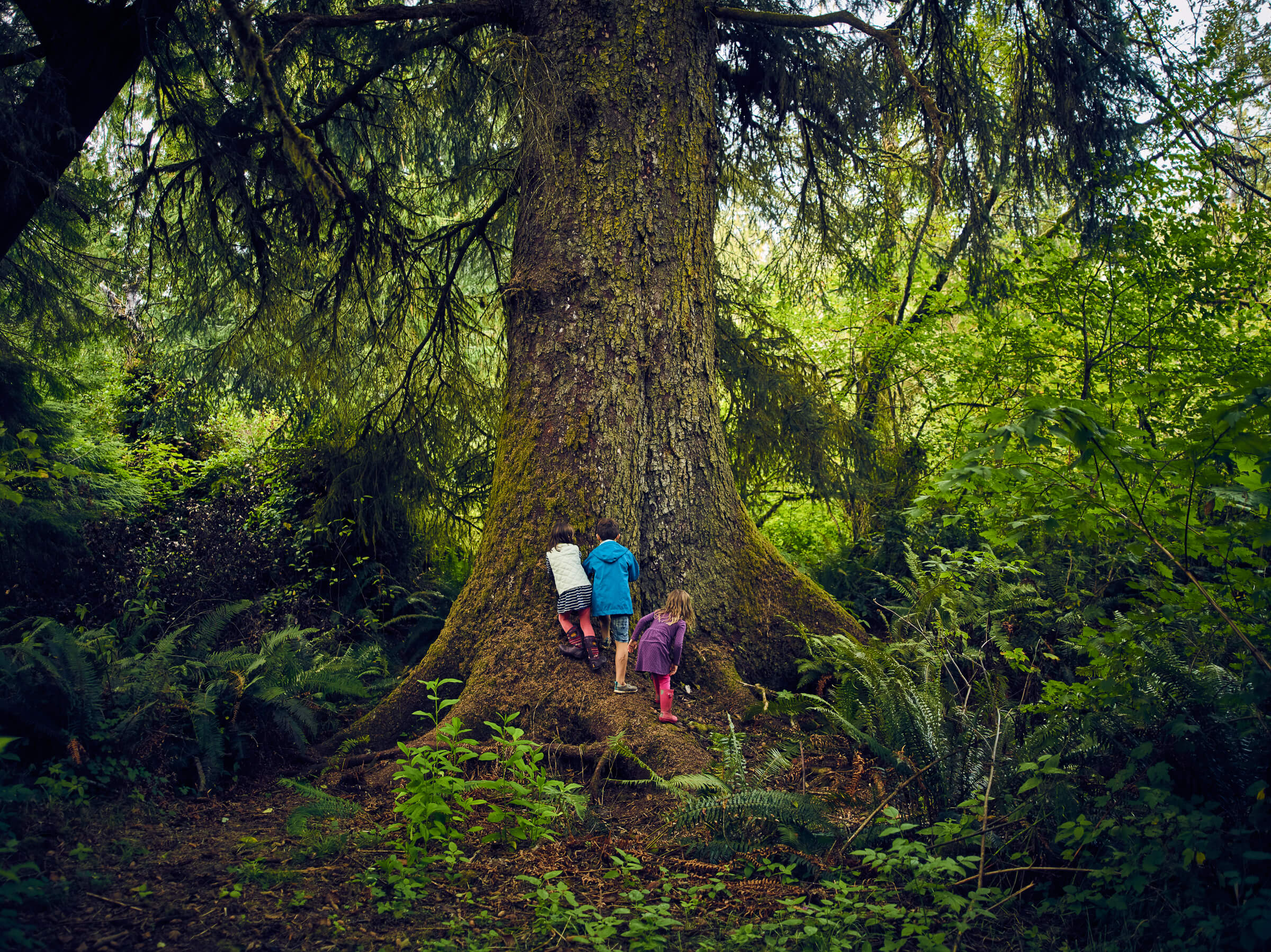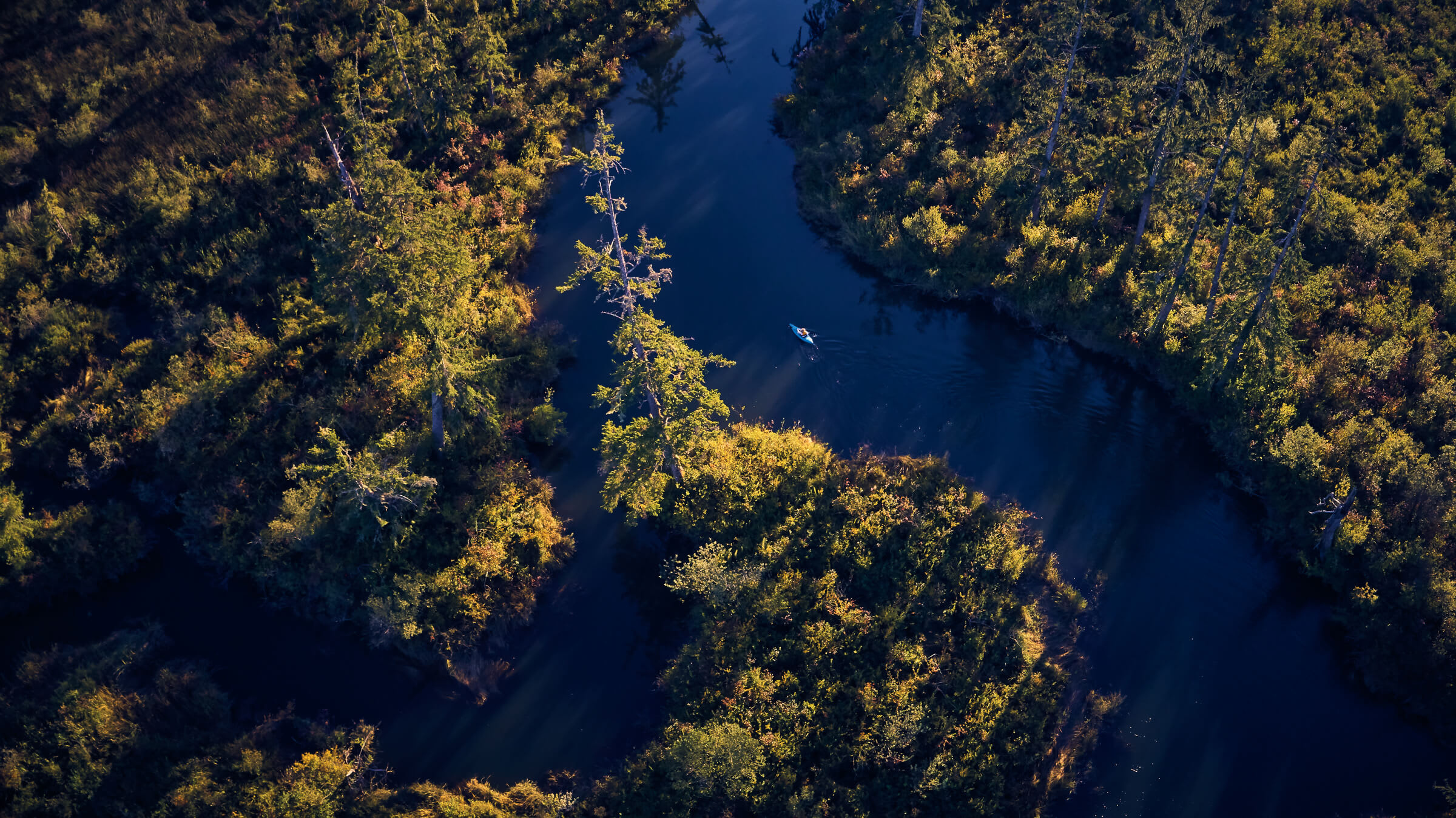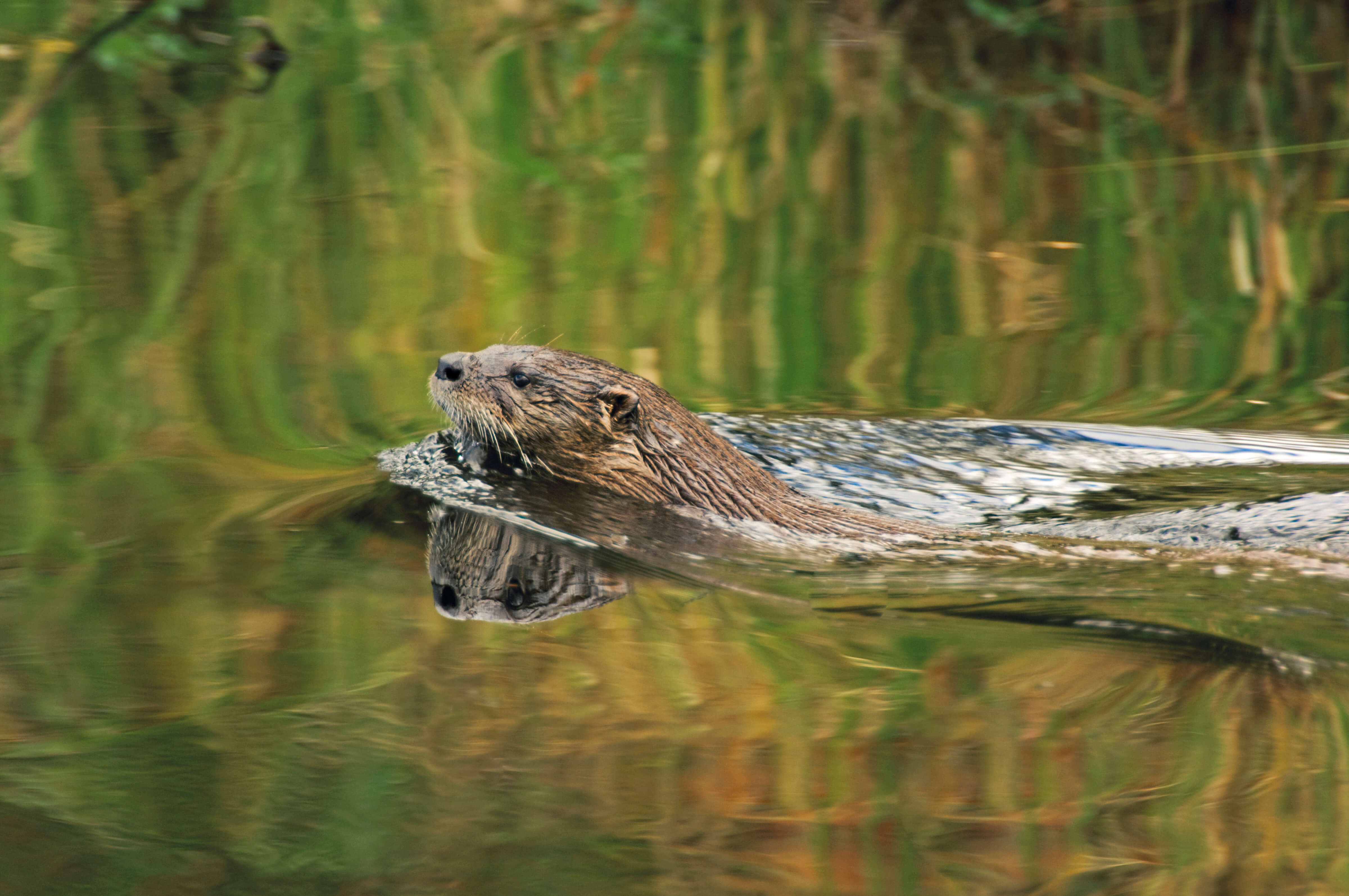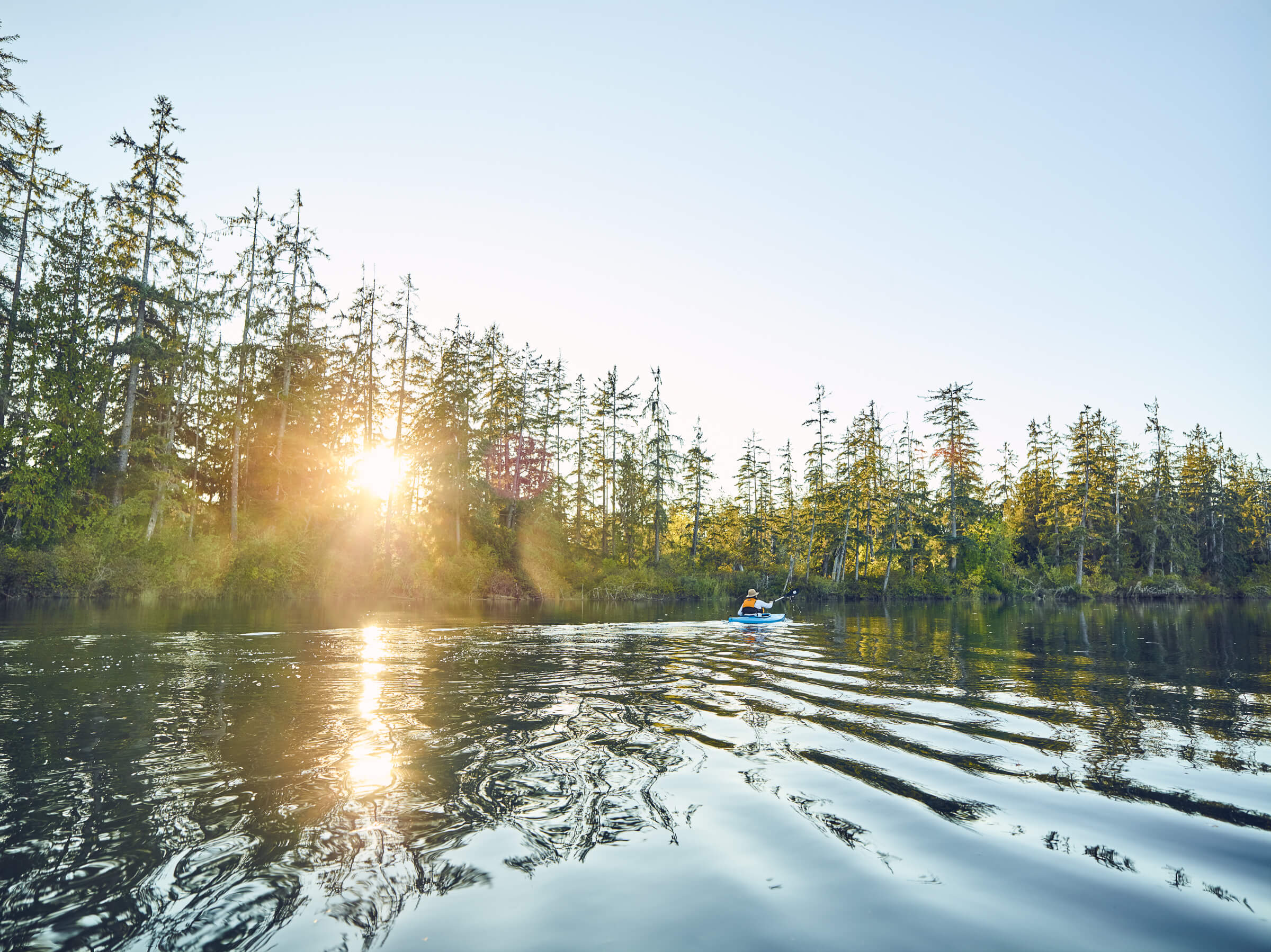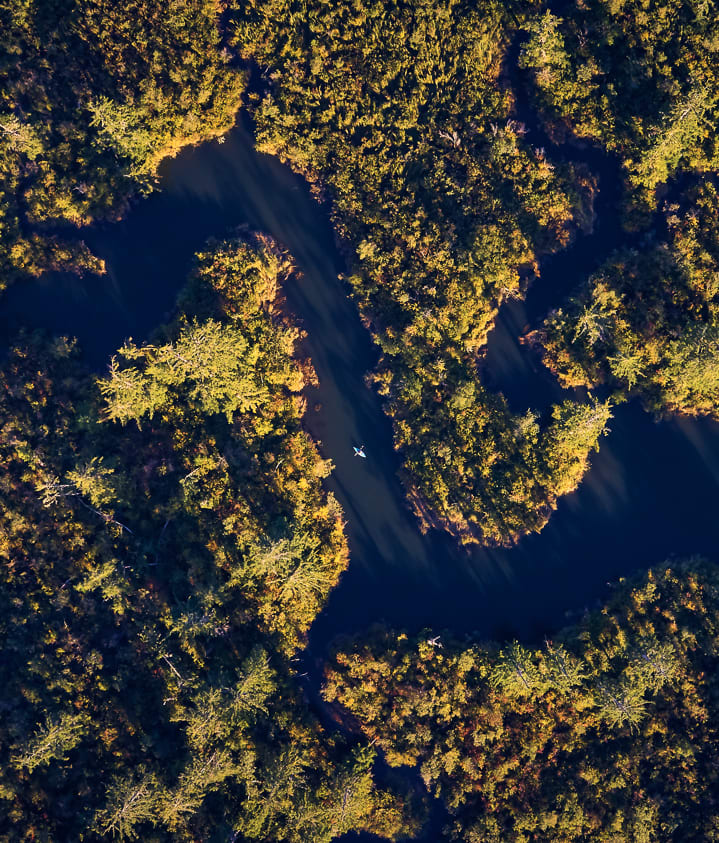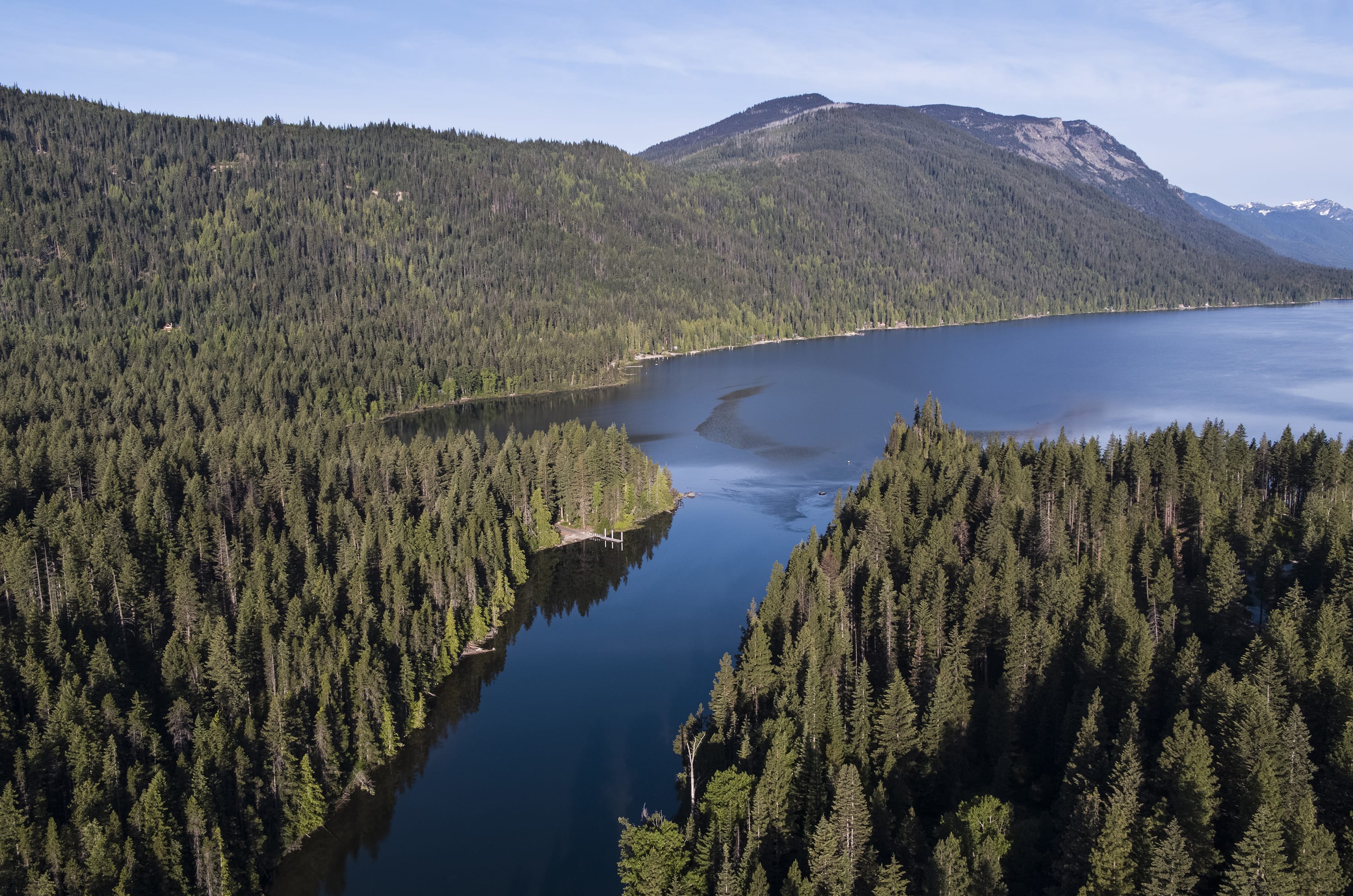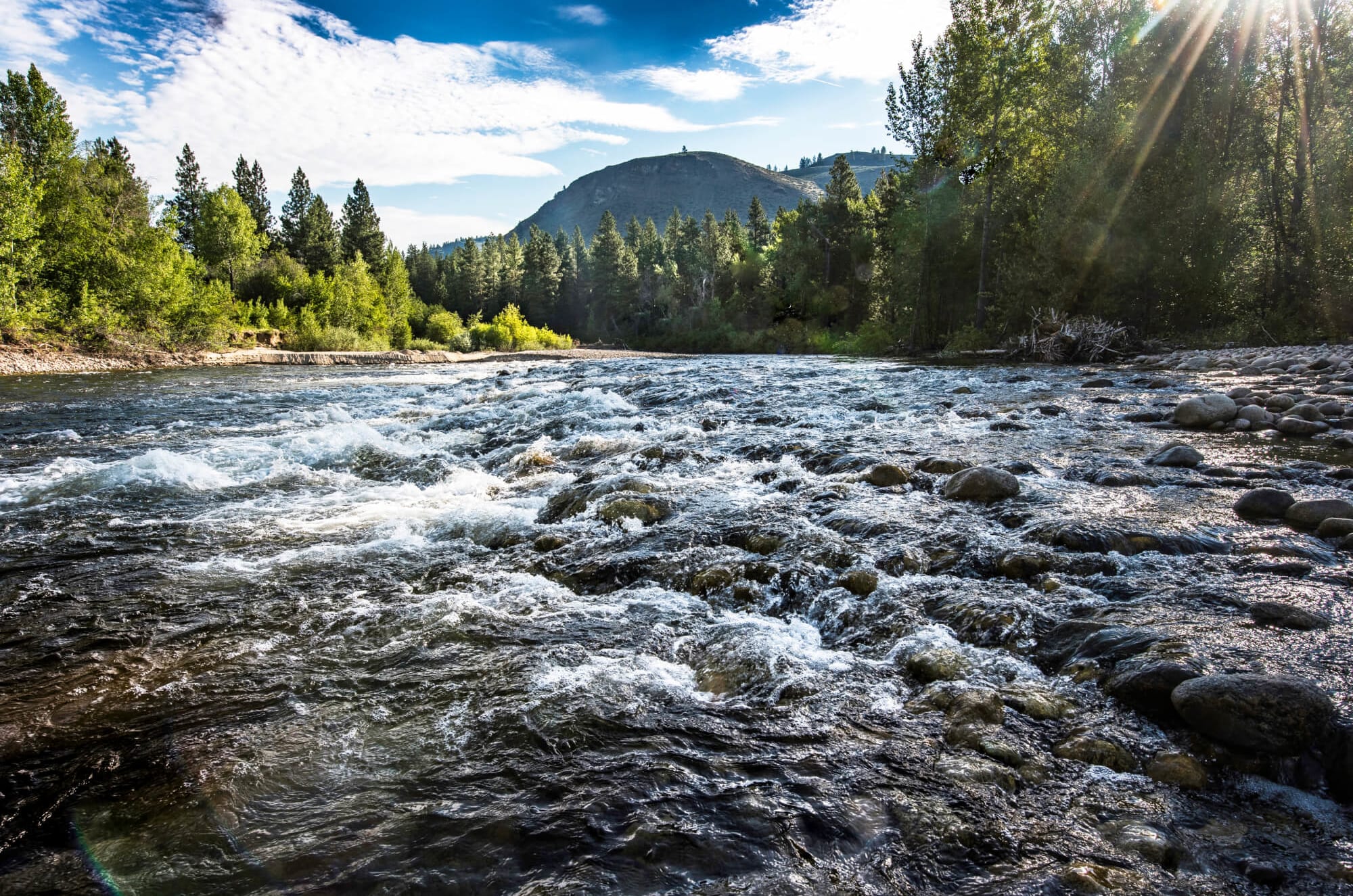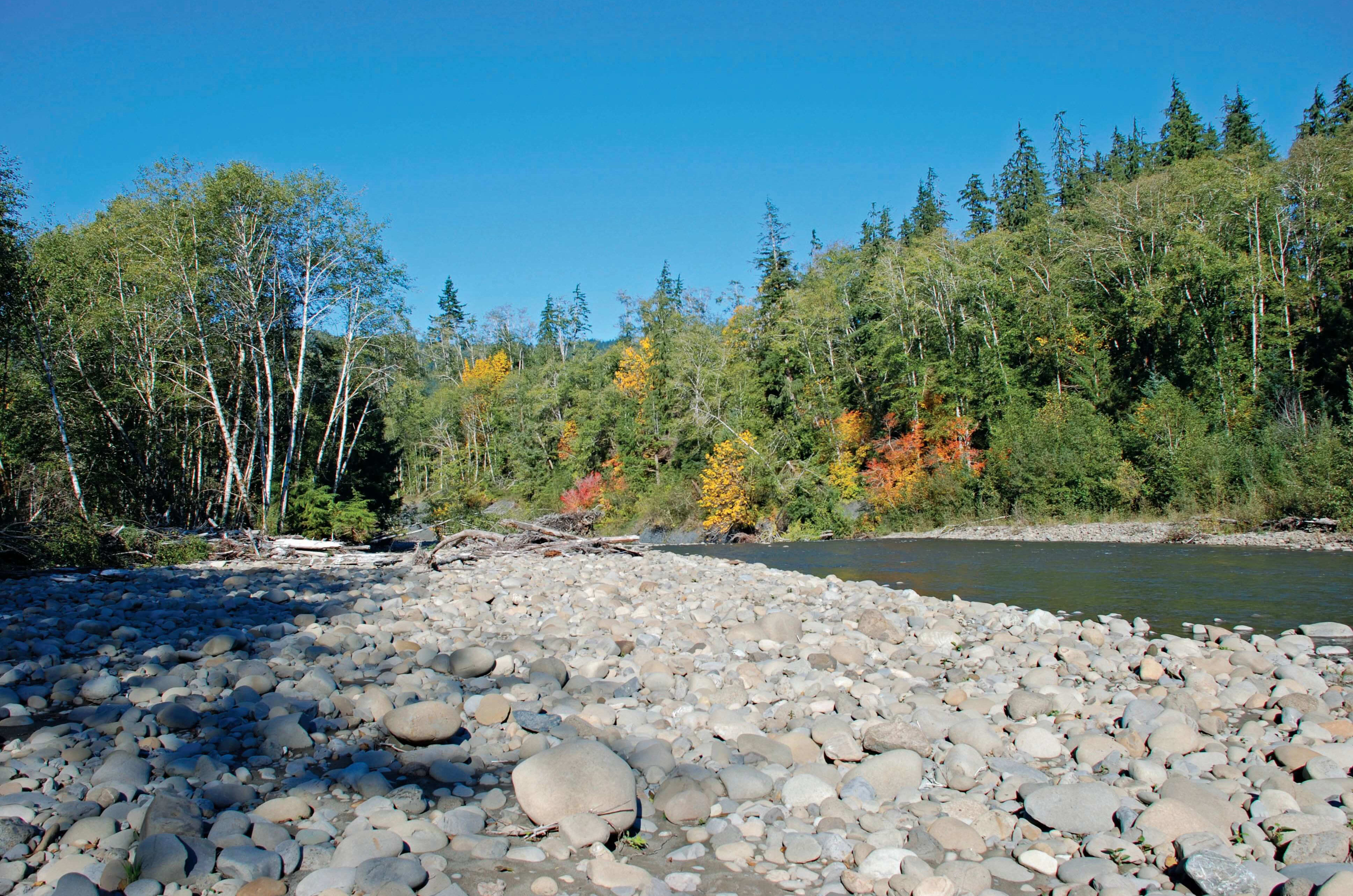The Chehalis River drains a vast area of western Washington, forming the largest river basin in the state, after the Columbia. Fed by rivers and streams that flow from the Cascade foothills, the Willapa Hills, glacial prairies of the northeast and the Olympic Mountains, the Chehalis eventually drains into Grays Harbor on the Pacific, where it forms the largest, highest-quality tidal surge plain in Washington. Here, where salt water from the Pacific surges inland with the tide to meet the freshwater of the Chehalis River, a diverse and highly productive wetland ecosystem is formed.
In the Chehalis River Surge Plain, sheltered sloughs provide crucial habitat for a wealth of fish and wildlife, including spring and fall Chinook, coho, chum salmon, steelhead, river otter, beaver and the endemic Olympic mudminnow. Dense stands of Sitka spruce and western red cedar, draped with mosses and lichens, are home to bald eagle, osprey and other bird life. All year long, hikers and paddlers visit the area to explore the tidal channels by foot, canoe and kayak.
There are only four other wetlands of this type in Washington, all of which are substantially smaller and in poorer ecological condition than the Chehalis River Surge Plain. In 1989, the Washington Department of Natural Resources (WDNR) created the Chehalis River Surge Plain Natural Area Preserve to protect this important ecosystem. Yet, for almost 30 years, the preserve was incomplete, with nearly 1,500 acres at the heart of it privately owned and unprotected.
In 2018, WRC worked in partnership with the Weyerhaeuser Company, which owned the parcels, to transfer 1,469 acres of former timberlands to WDNR for inclusion and protection within the natural area preserve. Our efforts completed the preserve and will ensure the lasting integrity of this extraordinary place.
This fruitful partnership will benefit the river, its wildlife and the thousands of people who visit each year by completing WDNR’s original vision for the preserve and eliminating the threats of development and timber harvest. The project conserved over six miles of river frontage, including exceptional water-trail systems through Peel’s Slough, Blue Slough and Preachers Slough. Canoe and water trails will soon be joined to upland parcels, and both scientific and educational activities will be enhanced. Most importantly, with the lands now under WDNR ownership, the Chehalis River Surge Plain is protected not in fragments, but in its entirety.
Funding for the Chehalis River Project was made possible through generous contributions from multiple sources, including the Bullitt Foundation, the Norcliffe Foundation, the Horizons Foundation and with the generous support of many additional individuals, foundations and businesses.
This project was also made possible through funding from the Washington Department of Natural Resources.
